
Volvo give India a large helping of a small crossover. Does the new V40 Cross Country offer the correct balance of necessity and ability needed to hit the popularity charts?

Size is relative. Expectations are endless. Put those aside and look at what’s on the plate and you begin to see just what you need. Then you realise that there are a lot more things that didn’t catch your eye in the first place. Things that you’d never imagined you would need, complemented by more additions to make sink into your seat just that little bit more comfortably. That is what the new Volvo V40 Cross Country offers you. It is the first ‘V’ model from Volvo in India, V standing for ‘versatility’, and brings the company’s signature engineering and safety 
technology together in a compact little package, by Volvo’s standards, anyway. As a package, it calmly handles all that the city can throw at it, while being capable even when the going gets rough. And that’s just the start; the V40 Cross Country brings in a slew of interior features that have never been seen on any Volvo car sold in India so far. In this case, beauty is definitely not just skin-deep. So how much has Volvo changed in the V40 Cross Country?

The V40 Cross Country (or V40 CC) is Volvo’s answer to the compact class of crossovers, which offer car-like handling while delivering greater rough road capability, easily coping with bad roads. The launch comes at a time when the compact luxury crossover segment is seeing more eyes take a closer look. Mercedes-Benz have launched their A- and B-Class models only recently. The BMW X1 has been around for a while and has even received a facelift. The Audi Q3 is doing enough numbers to make Audi smile; contributing in no small measure to their 
dominance in the luxury segment in the first half of this year. The sort of numbers this segment is bringing is making more manufacturers sit up and take notice. Volvo, not to be left behind, did indeed step up and bring in the V40 Cross Country not too long after its international launch. Its nomenclature partially harks back to the V70 XC, which was the Cross Country version of the V70 estate model, later evolving into the XC70; none of which were seen in India. This is no XC40, mind you, although it will deliver in spades whatever the average buyer in this segment expects of it.
The exterior styling speaks for itself. The flowing lines and design elements with styling accents give it a smooth, yet purposeful stance. Make no mistake; it is, in fact, a big hatchback. It looks every bit a modern Volvo, even handsome, many will add. The long, low shape may look compact in the pictures, but in the flesh, the V40 CC is anything but small. The V-shaped bonnet and forward-angled stance make it appear as if it’s ready to pounce. The daytime running lights are positioned where you would usually expect to see a set of fog-lamps, in the 
lower half of the front bumper. The almost trapezoidal front grille features a larger honeycomb mesh design and boldly carries the Iron Mark that is the company logo, flanked by the active bending xenon headlamps with LED lighting strips. The lines rise steadily towards the rear with the shoulder-line sweeping up ahead of the rear quarter glass. The trademark Volvo angular tail-lamp cluster is joined by a mildly accented rear spoiler just as the roof ends over the rear windscreen. The rear end appears almost sculpted, complete with a gloss finish and an overall compact tailgate. The silver roof-rails and the front and rear bumpers enhanced with skid plates add to the car’s butch look.
Step inside and the cabin looks familiar yet gives your eyes a number of changes to focus on. The gear lever, for one, is completely different from the four models available so far in the country. It is illuminated and features position indicators. The information console is a new LCD unit with three selectable themes – Eco, Elegance and Performance – each of which changes the sort of information available to the driver (see pictures), while now offering a plethora of information using animated graphics, which look very smart indeed. Even starting the car and 
turning it off are accompanied by attractive graphics bringing the console alive; previously unseen on any Volvo. That’s not the only display of information you get. The centre console also houses an 8” TFT screen, which can be controlled via the knobs on the console or by using the buttons on the steering wheel and which displays everything from radio stations to the climate control settings.

Once you take in the layout and scroll through the many features, you realise just how comfortable and supportive the leather seats are. And that’s before you begin tweaking the many settings you have at your disposal. Both front seats are powered and have adjustments for slide, recline, height and thigh support. The driver seat also includes three memory settings, which also save the wing mirror positions. Look around and the cabin feels airy. This is partially thanks to the Blond interior (one of the three combinations available) as well as the fixed panoramic glass roof. Equipped with an electric sun curtain, the glass roof is a nice touch and lends the whole interior with an open feel. Of course, we tested the car in rainy conditions and watching the rain drops fall on the roof from inside the car was an amazing feeling. Step into the rear and you find it a bit compact as compared to the front, even with the wide glass roof above. There is a good amount of space for two at the rear, but leg room is tight and seating three abreast does not offer the best comfort.
So far as in-cabin storage is concerned, the lockable glove-box can hold quite a few things. The floating centre console provides some storage space behind the waterfall-themed layout, while further down, there are two cup-holders under the sliding cover, with the arm-rest offering even more space. Of course, that’s the best place for your flash drive or iPod. The door pockets are also quite deep and wide. What’s more, the slightly tighter position of the rear seats has allowed the inclusion of cubby-holes on either side. There’s even an integrated rear cup-holder in the middle seat cushion.
Equipment-wise, the V40 CC offers pretty much everything you need. First up is Volvo’s Personal Car Communicator (PCC), which lets you operate the vehicle keylessly and even check the status (locked/unlocked/alarm triggered) by means of the ‘i’ button, which lights up a corresponding corner of the smart key. A removable key blade is also included for emergencies (and to lock the glove-box). Cruise control is standard, as are the Park Pilot and front and rear Park Assist systems. There’s even a rear parking camera. The entertainment system is a high-performance 4x45W setup with eight speakers, a DVD player with support for MP3, Bluetooth with streaming audio, USB/Aux-in and a remote control. Occupant comfort is as much a priority as safety and to maintain a comfortable atmosphere, there is a cabin air filter-equipped dual-zone climate control system. The windscreen too is infrared reflective. The frame-less rear-view mirror is an auto-dimming unit and features a built-in digital compass as standard equipment. Equipment levels are, in fact, in tune with those available on the S60 and even the more expensive S80. You also get a down-sized temporary spare wheel, which can help you keep moving at a limited speed until you find a tyre repair point.
Safety equipment is, as always, top-notch. Volvo are known to offer models with eight airbags as standard, but with manually adjustable seats: such is their obsession with safety. Of course, that’s always a good thing for us, the vehicle users, and with the V40 CC too, there’s no skimping out on equipment. Home-grown safety from manufacturers like Volvo, who make cars built to operate daily in sub-zero temperatures on icy surfaces can’t really go wrong. Built like tanks, their cars, the new V40 CC included, feature standard preventive safety features like ABS with EBD and brake assist, their pioneer City Safety laser-assisted automatic braking system, which works at up to 50 km/h, dynamic stability and traction control (DSTC) and advanced stability control for cornering and rollover prevention. The headlamps are the active bending kind and turn with the steering wheel to better illuminate the way. These preventive safety features are there to ensure an accident is avoided in the first place, following which are the protective ones: front seat whiplash protection system, dual-stage driver and passenger front airbags, side impact airbags, curtain airbags front and rear and, for their first model in India, a knee airbag for the driver.
Having taken a good look at the safety specs, it’s time to see how the V40 CC goes about its business. Powering the car is a transverse-mounted, 2.0-litre in-line-5, turbo-diesel motor, which makes 150 PS and 350 Nm from a lowly 1,500 revs. It is paired to the familiar six-speed Geartronic automatic transmission, which drives the front wheels. More importantly, unlike the sedans that are offered with Volvo’s ‘Comfort’ chassis, the V40 CC is offered with the ‘Dynamic’ chassis. We drove the car over the ghats to a village on the outskirts of town. This let us test the dynamics in a straight line, over elevations and around corners more than adequately. The motor feels strong and pulls cleanly, while handling dynamics are confidence-inspiring for a 4.4-metre long vehicle weighing over 1.6 tonnes. However, the gearbox can feel a bit undecided when you’re looking for a sudden overtake. That apart, the ride is smooth and the suspension seems fairly better than the other Volvos driven earlier. The bumps and thuds from the horrendous road surface were muted well and barely any sounds filtered through to the cabin. The 17-inch wheels wrapped in 225/50 tyres, although rather low-profile for a car in this segment, do a commendable job of gripping the road. While this is no XC40, it does look the part and even with front-wheel-drive and a 145-mm ground clearance, the V40 CC has proven that it can indeed handle the rough stuff. We had a go in completely off-road slush and grass and it stayed in the direction it was pointed at. Rough or non-existent roads can be a bother on account of the ride height – more ground clearance is always appreciated – but even so, the car performed well and didn’t complain.

For those wondering what the efficiency is like, the V40 CC didn’t really disappoint. The D3 engine churns out low down torque by the buckets and that helps with economy. In the city, the car delivered 10 km/l, while on the highway it was a more reassuring 14 km/l. Let’s be clear, we were performance testing the car and, given an open stretch of tarmac and constant speed, it could certainly pull out a few km/l more. The 60-litre tank will allow a theoretical range of over 800 km if driven carefully, but considering the overall figure, 660-odd km is definitely possible.

Overall, the V40 Cross Country is a credible car for roads good and bad. It’s no Audi Q3, but, at the same time, it can hold its ground well against any inflated premium hatchback on stilts. The feeling of safety and build quality is uncompromised and that is indeed very reassuring. With an ex-showroom price-tag of Rs 28.5 lakh (and just over Rs 35 lakh on road, Pune), it does offer good value compared to its German competitors. However, as with many premium compact crossovers, don’t expect to go boulder-bashing or river-crossing with it. But as a car to move about in and around the city, with the monsoon doing a number on our roads, there are few equals.
The V40 Cross Country is Volvo’s answer to the compact class of crossovers, which offer car-like handling while delivering greater rough road capability
Story: Jim Gorde
Photography: Sanjay Raikar







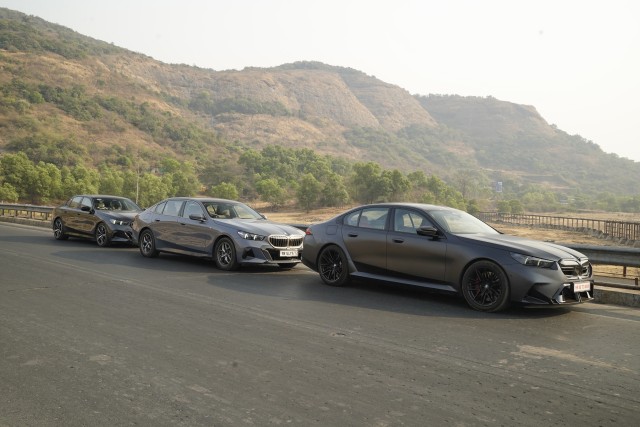
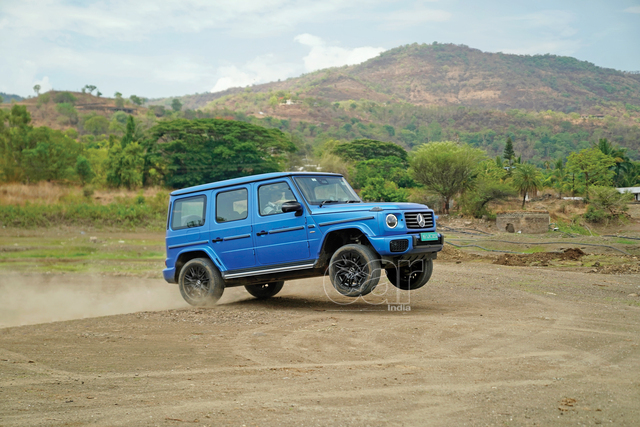
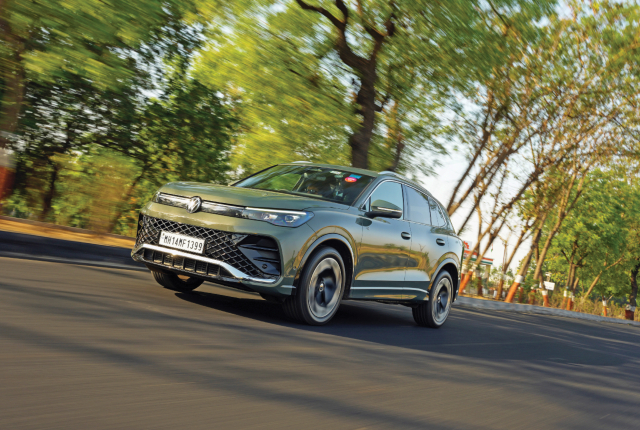
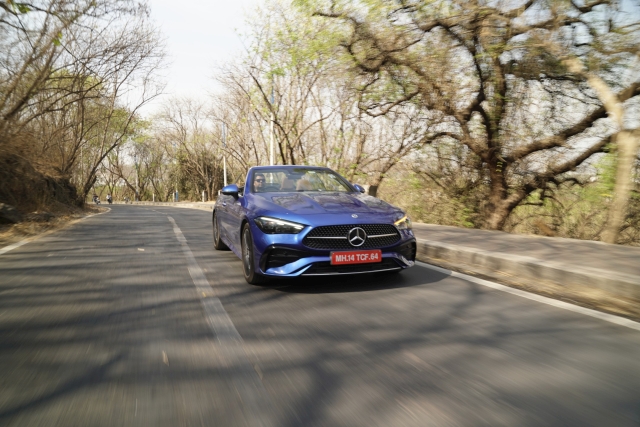

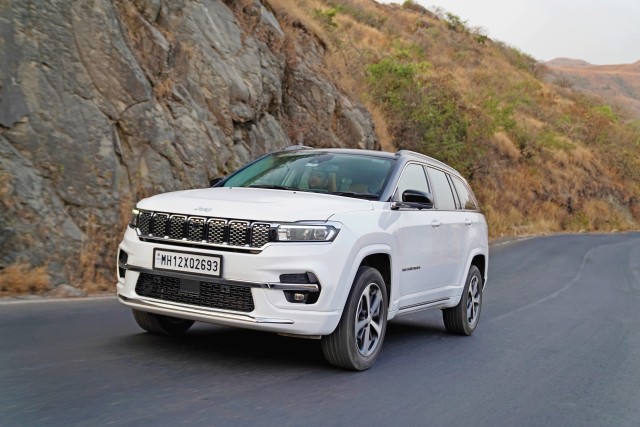
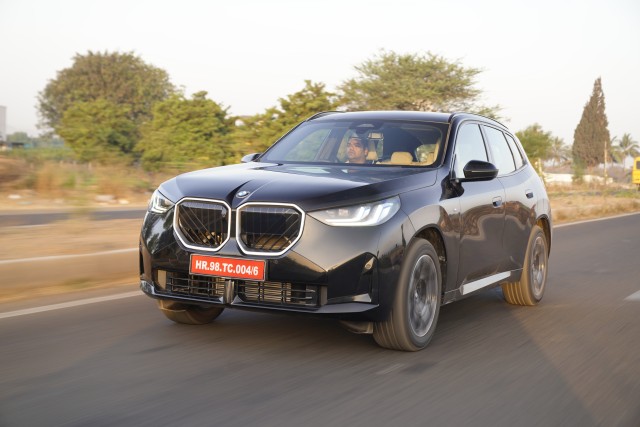
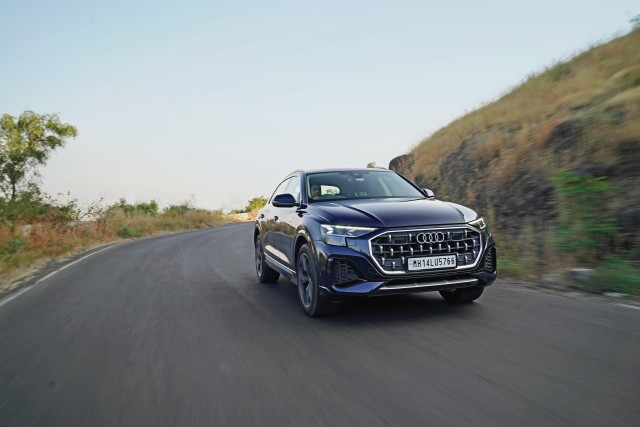
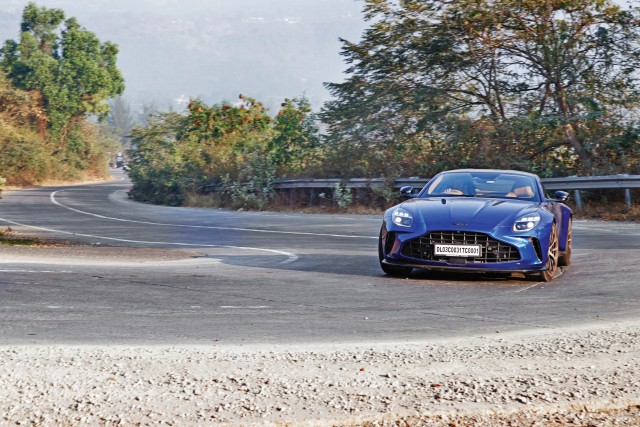
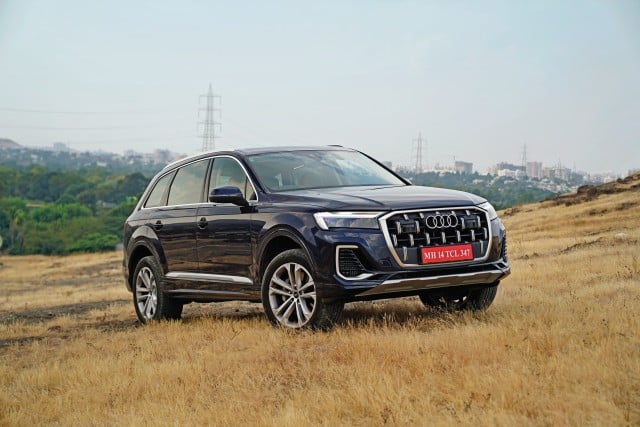
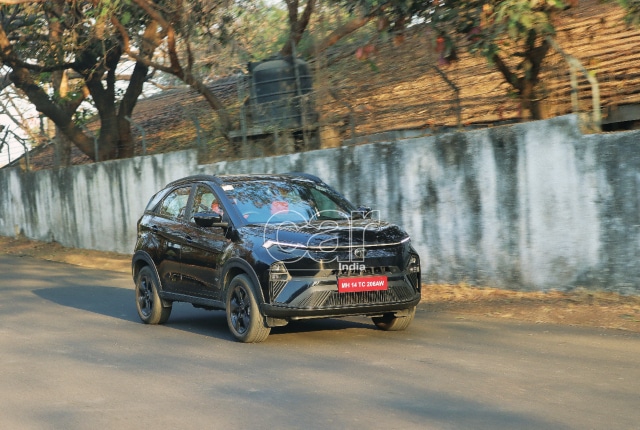



Leave a Reply